Journal of Civil Engineering and Environmental Sciences
Revolutionizing cleaning: The future of broomstick and dustpan design
Ricardo P Arciniega-Rocha1*, Vanessa C Erazo-Chamorro1, Phetsalath Phimmavong2 and Szabo Gyula1
2Product Design, Obuda University, Budapest, Hungary
Cite this as
Arciniega-Rocha RP, Erazo-Chamorro VC, Phimmavong P, Gyula S (2023) Revolutionizing cleaning: The future of broomstick and dustpan design. J Civil Eng Environ Sci 9(2): 073-078. DOI: 10.17352/2455-488X.000072Copyright License
© 2023 Arciniega-Rocha RP, et al. This is an open-access article distributed under the terms of the Creative Commons Attribution License, which permits unrestricted use, distribution, and reproduction in any medium, provided the original author and source are credited.In the context of increasing environmental awareness, the demand for sustainable products is on the rise. This research addresses the growing demand for sustainability by redesigning brooms and dustpans with eco-friendly materials, reducing waste and environmental impact. It emphasizes the goals of enhancing user experience, efficiency, durability, accessibility, and sustainability. A case study investigates the physical challenges faced by street sweepers and underscores the importance of anthropometric considerations in design. The resulting ergonomic redesign significantly reduces workload and musculoskeletal complaints, improving comfort and efficiency. The redesign introduces adjustable handles, lightweight materials, and a 3-in-1 brush system with eco-friendly components. The dustpan features an improved handle, an angled design for efficient debris collection, and a built-in cleaning comb. Both tools are constructed from lightweight yet durable materials and offer a foldable design for user convenience, emphasizing sustainability through eco-friendly materials. In conclusion, this holistic approach enhances the cleaning experience, promoting efficiency, user-friendliness, and environmental responsibility.
History and evolution of cleaning tools
Broom: Although the first mention of witches flying on broomsticks was in 1453, contemporary broom-making did not begin until around 1797. How nice of an agricultural worker in Massachusetts called Levi Dickinson to make his wife a broom as an incentive to clean their house! Dickinson and his son had begun selling numerous brooms per year by the 1800s, and everyone wanted one [1]. In the 18th and 19th centuries, broom production advanced with the invention of machines like the foot-treadle broom-making machine patented by Levi Dickenson in 1797. This mechanization led to more efficient and uniform broom production [2]. The introduction of this machine also popularized the flat broom design, featuring bristles stitched to a flat backing for improved efficiency and durability [3-5].
Modern broom production is highly mechanized, with synthetic materials providing enhanced durability and performance. Brooms are available in various shapes, sizes, and materials to cater to different cleaning needs. They remain essential tools for maintaining cleanliness in households, commercial spaces, and public areas [6-8].
Dustpan: As brooms became more prevalent, a complementary tool emerged: the dustpan. The dustpan has a history that parallels that of the broom, evolving alongside it to improve efficiency in collecting swept debris.
Early dustpans were simple in design, typically made of metal or wood, and had a flat surface with raised edges to contain the debris. These rudimentary dustpans were often handheld and required users to bend down to sweep the debris into them [9].
Over time, dustpan designs became more sophisticated. The addition of a handle or a long shaft attached to the dustpan allowed for more comfortable and ergonomic use. This improvement reduced the need for constant bending and made it easier to collect debris without strain [10-12]. In recent years, there have been further advancements in dustpan design. Dustpans with rubberized lips or flexible edges have been introduced, enhancing the contact between the dustpan and the floor. This innovation ensures that a wider range of debris can be efficiently swept into the dustpan without leaving behind residual dirt [13,14].
The evolution of the dustpan, just like that of the broom, demonstrates the continuous efforts to improve cleaning tools. From basic handheld designs to more ergonomic and efficient models, dustpans have become essential companions to brooms in maintaining cleanliness and tidiness.
Rationale for the redesign of broom and dustpan
The traditional design of brooms and dustpans may not prioritize ergonomic considerations. Continuous and improper use of these tools can lead to discomfort, strain, and potential injuries, particularly for individuals with mobility issues or physical limitations. Redesigning the broom and dustpan with ergonomic features such as adjustable handles, lightweight materials, and comfortable grips can enhance user comfort and reduce the risk of repetitive strain injuries [15-17].
Efficiency: While brooms and dustpans have served their purpose well, there is always room for improvement in terms of efficiency. Redesigning these tools can focus on enhancing their sweeping and collection capabilities, ensuring that a wider range of debris is effectively captured and minimizing the need for multiple passes. This can save time and effort during cleaning tasks [18].
Durability: Traditional brooms and dustpans may not always be built to withstand heavy use or harsh conditions. Redesigning these tools with durable materials and reinforced construction can extend their lifespan and make them more resilient for various cleaning environments, including both household and commercial settings [10].
Accessibility: Accessibility is a crucial aspect to consider in tool design. Redesigning brooms and dustpans with accessibility in mind can make them more user-friendly for individuals with disabilities or mobility challenges. This may involve incorporating features such as adjustable heights, easy-grip handles, and mechanisms for easy debris disposal [19].
Sustainability: In the era of increasing environmental awareness, there is a growing demand for sustainable and eco-friendly products. Redesigning brooms and dustpans with eco-friendly materials, such as recycled plastics or biodegradable components, can contribute to reducing waste and minimizing the environmental impact associated with their production and disposal [20,21].
Overall, the need for redesigning brooms and dustpans arises from the goal of improving user experience, efficiency, durability, accessibility, and sustainability. By incorporating innovative design elements, these essential cleaning tools can better meet the evolving needs and preferences of users in both household and professional cleaning contexts.
Study case of physiological burdens of a street sweeper: There is research that supports the idea that studying anthropometric aspects is crucial for developing effective and user-centric designs [22].
The study measured the anthropometric dimensions of the subjects, including elbow height, palm length, palm width, and handheld diameter. Using these measurements, the researchers determined the appropriate dimensions for the redesigned broom handle, ensuring optimal comfort and usability for the street sweepers [23].
The study evaluated the impact of the ergonomic redesign on the workload and physiological responses of the street sweepers [24]. It revealed a significant decrease in pulse rate, indicating a reduction in workload after implementing the redesigned broom handle. According to established work rate categories, the street sweepers experienced a shift from a medium workload to a light workload, contributing to improved comfort and efficiency.
Musculoskeletal Complaints and Fatigue: The research investigated the occurrence of musculoskeletal complaints among street sweepers while using both the old and redesigned broom handles. It was observed that the complaints were significantly reduced after implementing the ergonomic design.
Figure 1 shows the effects of redesigning the broomstick using ergonomics applications, which can significantly reduce workload by 17.21% (p0.05) with dimensions that are 130 cm high, 3.5 cm in diameter, and 456 grams of weight. The use of ergonomics in the designing of the broomstick resulted in a 30.63% reduction in musculoskeletal complaints (p0.05). The use of ergonomics while conducting the layout of the broomstick significantly reduced job weariness by 25.91% (p0.05).
Redesign ergonomics cleaning tools
Ergonomics broomsticks: Redesigning the broom with ergonomic features such as adjustable handles, lightweight materials, and comfortable grips can enhance user comfort and reduce the risk of repetitive strain injuries.
One of the key features is an adjustable handle that allows users to sweep at different heights, catering to various cleaning needs. The handle can be extended to its full length of 130cm, enabling efficient floor sweeping, this is shown in Figure 2. By utilizing the anthropometric study [26-28], the adjustable feature ensures that users can maintain a comfortable posture while sweeping the floor, minimizing strain on their back and arms, and the perfect length of the handle to avoid bending and stooping.
The redesigned broomstick features an adjustable handle that can be shortened to optimize sweeping on medium-height surfaces such as tables or furniture. Figure 3 illustrates the handle’s functionality is akin to that of a retractable umbrella [25], allowing users to customize its length to suit their specific cleaning needs. By shortening the handle, users can achieve better control and maneuverability while sweeping in confined spaces or on elevated surfaces. This retractable handle feature enhances the broomstick’s versatility, making it suitable for a wide range of cleaning tasks throughout the household. The upper part of the handle of the broom is made of virgin plastic which ensures it is sturdy and easy to use. There is a hole to facilitate easy storage, hanging minimizing clutter in utility spaces [29]. This special characteristic is considered due to the thin wall around the hole dedicated to storage to improve the mechanical behaviour of this part.
To optimize the performance of the broom, a 3-in-1 brush system has been integrated. The brush module consists of three interchangeable brush heads. Each piece has a different purpose, this is illustrated in Figure 4.
- The first brush was made from recycled plastic. which is an environmentally friendly material. This brush is ideal for household use. Because the soft, specially flagged fibers ensure that even the micro dust particles are picked up and cleaned. it is washable and three times more durable than a normal grass broom.
- The second brush module is crafted from coconut leaf, a material commonly used for street sweeping. This brush is specifically designed for outdoor cleaning, this is appropriate for scrubbing rough ground and is great for strenuous cleaning jobs such as brushing fallen leaves and cleaning among stones, etc. The use of coconut leaf bristles minimizes the generation of dust, creating a healthier environment for street sweepers. The brush that is made from coconut tree leaves is an environment-friendly material.
- The third brush module features a foam material designed for absorbing water stains that spill on floors or surfaces.
Figure 5 shows how users can rotate the brush between three different brush options according to their specific cleaning needs, and there’s a brush headlock to prevent movement of the adapter while cleaning.
Ergonomics dustpan: Recycled plastic dustpans are an eco-friendly alternative to traditional dustpans made from virgin plastics because they help reduce the demand for new plastic production and divert plastic waste from landfills. The specific mechanical characteristics of recycled plastic can be tailored to meet the requirements of a particular application, making it a viable and sustainable choice for a wide range of products [30,31].
Improved handle design: The handle is ergonomically shaped and comfortable to hold, allowing for a natural grip that minimizes strain on the wrist and hand muscles shown in Figure 6.
Angled and wide-mouthed design: The dustpan features an angled and wide-mouthed design to facilitate easy and efficient collection of debris this is shown in Figure 7.
Rubberized edge or flexible lip: To ensure effective debris collection without leaving behind residual dirt, the dustpan has a rubberized edge or a flexible lip. This would improve contact with the floor surface, allowing for better containment and transfer of debris into the pan [32,33].
Built-in cleaning comb: A built-in cleaning comb on the dustpan would be a convenient addition. This comb could be used to remove debris trapped in the bristles of the broom, making it easier to maintain cleanliness and prolonging the lifespan of the broom as Figure 8 illustrates.
Lightweight and durable materials: The dustpan is constructed from lightweight yet durable materials to ensure ease of use and longevity. It could incorporate materials such as high-quality plastic or metal alloys that are both sturdy and resistant to wear and tear [34].
Foldable pan: In the design, a foldable feature was incorporated into the dustpan design. This innovative feature allows the dustpan to be easily folded, ensuring that once the sweeping and picking up of debris is complete, the collected garbage remains securely within the pan. This eliminates the frustrating issue of debris falling out when the dustpan is lifted, providing a more efficient and mess-free cleaning experience.
Furthermore, is prioritized convenience in the design of both the broom and the dustpan. Assembling and storing these cleaning tools has been made effortless, this is shown in Figure 9. The broom and dustpan components seamlessly fit together, allowing for a quick and hassle-free setup. When it comes to storage, their compact design takes up minimal space, making it easy to tuck them away in the utility room, or any designated cleaning area. This streamlined approach ensures that the broom and dustpan are readily accessible whenever cleaning tasks arise while maintaining an organized and clutter-free environment.
Conclusion
In conclusion, the redesigned broom and dustpan offer significant improvements in terms of ergonomics, efficiency, and convenience. The focus on user comfort has led to features such as adjustable handles, lightweight materials, and comfortable grips, reducing strain and potential injuries. The broom incorporates a 3-in-1 brush system with interchangeable heads for versatile cleaning, while the dustpan features an angled design, rubberized edge, and built-in cleaning comb for efficient debris collection. The foldable design of the dustpan prevents debris from falling out, ensuring a mess-free cleaning experience. Both the broom and dustpan are easy to assemble and store, providing convenience and a clutter-free environment. These ergonomic cleaning tools prioritize sustainability by utilizing eco-friendly materials. Overall, the redesigned broom and dustpan enhance the cleaning experience, making it more enjoyable and effective.
Future contributions and limitations
The future of cleaning goods and allied businesses in a world increasingly focused on environmental sustainability and user-centric design. The revised brooms and dustpans, which incorporate eco-friendly materials, ergonomic enhancements, and creative features, are an important step toward satisfying the growing need for environmentally friendly and user-friendly solutions. As environmental awareness grows, this holistic approach not only improves cleaning efficiency and user comfort, but also establishes a precedent for the wider adoption of eco-friendly materials and thoughtful design across a wide range of consumer products, which could impact industry standards, laws, and regulations, and consumer choices toward a more sustainable future. As the next step, automating cleaning activities using eco-friendly materials in the products is the next challenge for the industry.
A significant limitation of this research is in considering the cost factors of these products, their durability, maintenance requirements, compatibility with different surfaces, the market, and potential challenges in manufacturing or sourcing eco-friendly materials.
- The History of Brooms | PHS Hygiene. https://phshygiene.com/industrial-history/the-history-of-brooms/ (accessed Oct. 24, 2023).
- Berenji J, Dahlberg J, Sikora V, Latkovi D. Sorghum bicolor (L.) Moench,” Economic Botany. 2011; 65:2; 190–208. doi: 10.1007/s12231-011-9155-2.
- Lowder JB. Broom history: How it became flat 2012. Oct. 24, 2023. https://slate.com/human-interest/2012/06/broom-history-how-it-became-flat.html.
- Messinger ME, Nowakowski RJ, Prałat P. Cleaning with Brooms. Graphs and Combinatorics. 2011; 27:2; 251–267. doi: 10.1007/S00373-010-0965-2/METRICS.
- Cocks ML, Dold AP. A new broom sweeps clean: the economic and cultural value of grass brooms in the eastern cape province, South Africa. Forests, Trees and Livelihoods. 2004; 14:1; 33-42. doi: 10.1080/14728028.2004.9752477.
- Zhu BC, Chen CH. Developing portable clean cart with broom and dustpan for street sweepers needs. Advances in Intelligent Systems and Computing. 2020; 970:141–152. doi: 10.1007/978-3-030-20145-6_14/COVER.
- Agbo COA. Study on the Sweeping Effectiveness of Oil Palm Broom Form for Sustainable Domestic Applications. Journal of Engineering Research and Reports. 2023; 25:10; 110-120. doi: 10.9734/JERR/2023/V25I101005.
- Kumar R. Ergonomic assessment of two different cleaning tools while cleaning floor. Luleå, Seweden. 2002. https://www.diva-portal.org/smash/get/diva2:1004706/FULLTEXT01.pdf.
- Gantz C. The vacuum cleaner : a history. McFarland. 2012; https://books.google.com/books/about/The_Vacuum_Cleaner.html?hl=pt-PT&id=QSNfCrpcSCAC.
- Datta P, Mohi GK, Chander J. Biomedical waste management in India: Critical appraisal. J Lab Physicians. 2018 Jan-Mar;10(1):6-14. doi: 10.4103/JLP.JLP_89_17. PMID: 29403196; PMCID: PMC5784295.
- Eraz-Chamorro VC, Arciniega-Rocha RP, Szabo G. Safety Workplace: From of Point of View of Ergonomics and Occupational Biomechanics. Acta Technica Napocensis - Series: Applied Mathematics, Mechanics, And Engineering. 2023; 65:3S. https://atna-mam.utcluj.ro/index.php/Acta/article/view/1949.
- Arciniega-Rocha RP, Erazo-Chamorro VC. Non-Powered Hand Tool Size Selection Method. in Mérnöki Szimpózium a Bánkin Előadásai : Proceedings of the Engineering Symposium at Bánki (ESB2021). 2022; 37-43. https://bgk.uni-obuda.hu/esb/system/files/file_upload/esb2021.pdf.
- SMB. Assistant Professor. Design and Fabrication of Grain Collector. Accessed: Oct. 24, 2023. www.ijert.org.
- Hidalgo BDA. Design of Pin on Disk Tribometer Under International Standards. Lecture Notes in Mechanical Engineering. 2022; 49–62. doi: 10.1007/978-981-19-0296-3_6/COVER.
- Erazo-Chamorro VC, Arciniega-Rocha RP, Gyula S. Healthy and safe workplace definition: a friendly boundary for a complex issue in Mérnöki Szimpózium a Bánkin Előadásai : Proceedings of the Engineering Symposium at Bánki (ESB2021). 2022; 1:51-56. https://bgk.uni-obuda.hu/esb/system/files/file_upload/esb2021.pdf.
- Arciniega-Rocha RP, Erazo-Chamorro VC. Non-Powered Hand Tool Size Selection Method, in Mérnöki Szimpózium a Bánkin Előadásai : Proceedings of the Engineering Symposium at Bánki. ESB2021. R. Horváth, Ed. Budapest: Óbudai Egyetem. 2022; 1:37-43.
- Erazo-Chamorro VC, Arciniega-Rocha RP, Rudolf N, Tibor B, Gyula S. Safety Workplace: The Prevention of Industrial Security Risk Factors. Applied Sciences. 2022; 12:10726; 12:21; 10726. doi: 10.3390/APP122110726.
- Engkvist IL, Eklund J, Krook J, Björkman M, Sundin E. Perspectives on recycling centres and future developments. Appl Ergon. 2016 Nov; 57:17-27. doi: 10.1016/j.apergo.2016.01.001. Epub 2016 Jan 27. PMID: 26826952.
- Arcniega-Rocha RP, Erazo-Chamorro VC, Gyula S. Non-Powered Hand Tool: Size Selection from an Anthropometric Ergonomic Point of View. INGENIO. 2022; 5:2; 31–38. doi: 10.29166/INGENIO.V5I2.4233.
- Szabó G, Németh E. Development an Office Ergonomic Risk Checklist: Composite Office Ergonomic Risk Assessment (CERA Office). Advances in Intelligent Systems and Computing. 2019; 819,:590–597. doi: 10.1007/978-3-319-96089-0_64.
- Arciniega-Rocha RP, Erazo-Chamorro VC, Gyula S. Non-Powered Hand Tool: Size Selection from an Anthropometric Ergonomic Point of View. INGENIO. 2022; 5:2; 31–38. Dec. 2022, doi: 10.29166/ingenio.v5i2.4233.
- Rosero P. Human Sit Down Position Detection Using Data Classification and Dimensionality Reduction Case-based reasoning (CBR) for medical applications View project Optimización del Master Production Schedule en entornos inciertos View project Human Sit Down Position Detection Using Data Classification and Dimensionality Reduction. 2017. doi: 10.25046/aj020395.
- Erazo-Chamorro VC, Arciniega-Rocha RP, Gyula S. Non-Physical workplace Risk perception. Engineering Symposium at Bánki (ESB 2022). 2022; 53–57. https://oda.uni-obuda.hu/bitstream/handle/20.500.14044/25254/ESB 2022_7.pdf?sequence=1.
- Bormann R, Hampp J, Hagele M. New brooms sweep clean - An autonomous robotic cleaning assistant for professional office cleaning. Proceedings - IEEE International Conference on Robotics and Automation. 2015; 4470–4477. doi: 10.1109/ICRA.2015.7139818.
- Palilingan R. Ergonomic-Based Redesign of Broomsticks Reduces the Physiological Burdens of Street Sweepers in Denpasar City, Indonesia. Jurnal Ergonomi Indonesia (The Indonesian Journal of Ergonomic). 2020; 6:2; 113–123. doi: 10.24843/JEI.2020.V06.I02.P05.
- Arciniega-Rocha RP, Erazo-Chamorro VC, Szabo G. The Prevention of Industrial Manual Tool Accidents Considering Occupational Health and Safety. Safety. 2023; 9:51; 9:3; 51. doi: 10.3390/SAFETY9030051.
- Arciniega-Rocha RP, Erazo-Chamorro VC, Rosero-Montalvo PD, Szabó G. Smart Wearable to Prevent Injuries in Amateur Athletes in Squats Exercise by Using Lightweight Machine Learning Model. Information. 2023; 14: 402; 14:7; 402. doi: 10.3390/INFO14070402.
- Erazo-Chamorro VC, Arciniega-Rocha RP, Maldonado-Mendez AL, Rosero-Montalvo PD, Szabo G. Intelligent System For Knee Ergonomic Position Analysis During Lifting Loads,” Acta Technica Napocensis - Series: Applied Mathematics, Mechanics, And Engineering. 2023; 65:3S. https://atna-mam.utcluj.ro/index.php/Acta/article/view/1950.
- Prager W, Shield RT. A General Theory of Optimal Plastic Design. Journal of Applied Mechanics.1967; 34:1; 184-186. doi: 10.1115/1.3607621.
- Abuel MC, Ponio CR, Comaya SJ, Ele E, Abainza CF, Embile KJ. Positive Outcome of DIY Dustpan Made of Plastic Bottle in Classroom Environment of Selected Grade 12 ABM Strand Students in Bestlink College of the Philippines. Ascendens Asia Singapore – Bestlink College of the Philippines Journal of Multidisciplinary Research. 2020; 2:1. https://ojs.aaresearchindex.com/index.php/aasgbcpjmra/article/view/2549.
- Pozzebon VF. Environmental Management: Development Feasibility of New Product. 2023. www.ijbmer.com.
- Vargas RS, Gonda V, Ruiz LC, Av R. Thermal analysis and control for heating of an extrusion die. Bánki Közlemények (Bánki Reports). 2018; 1:1; 63–66. http://bk.bgk.uni-obuda.hu/index.php/BK/article/view/6.
- Rosero-Montalvo PD, López-Batista VF, Peluffo-Ordóñez DH, Erazo-Chamorro VC, Arciniega-Rocha RP, Multivariate Approach to Alcohol Detection in Drivers by Sensors and Artificial Vision. Lecture Notes in Computer Science (including subseries Lecture Notes in Artificial Intelligence and Lecture Notes in Bioinformatics).2019; 11487 LNCS:234-243. doi: 10.1007/978-3-030-19651-6_23.
- Gkantou M, Kokosis G, Theofanous M, Dirar S. Plastic design of stainless steel continuous beams. Journal of Constructional Steel Research. 2019;. 152:68–80. doi: 10.1016/J.JCSR.2018.03.025.
Article Alerts
Subscribe to our articles alerts and stay tuned.
 This work is licensed under a Creative Commons Attribution 4.0 International License.
This work is licensed under a Creative Commons Attribution 4.0 International License.
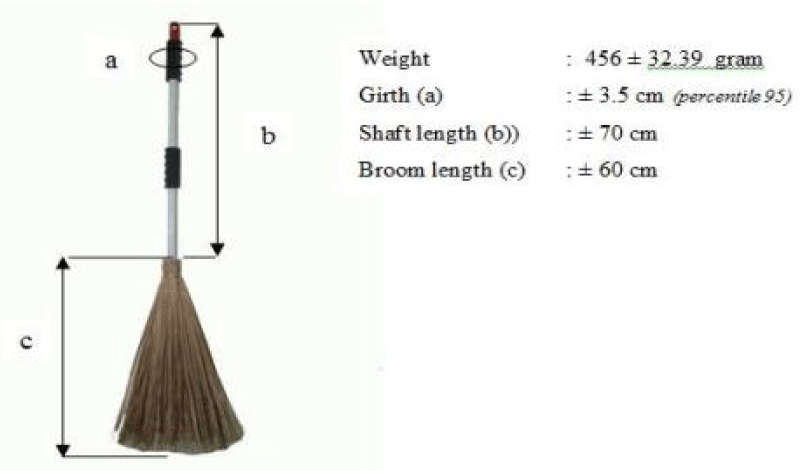
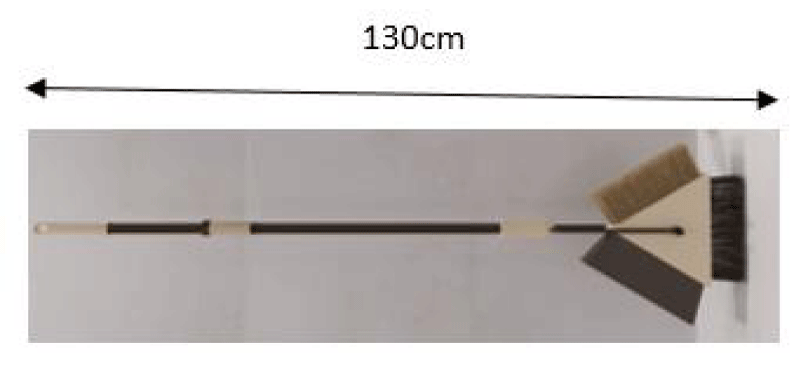
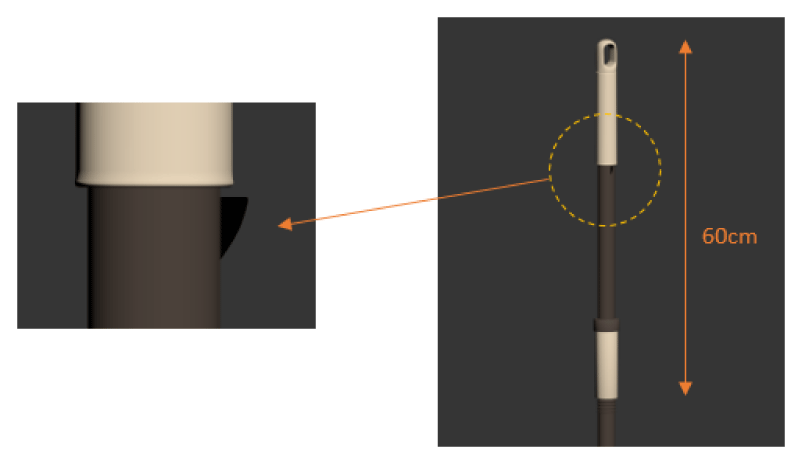
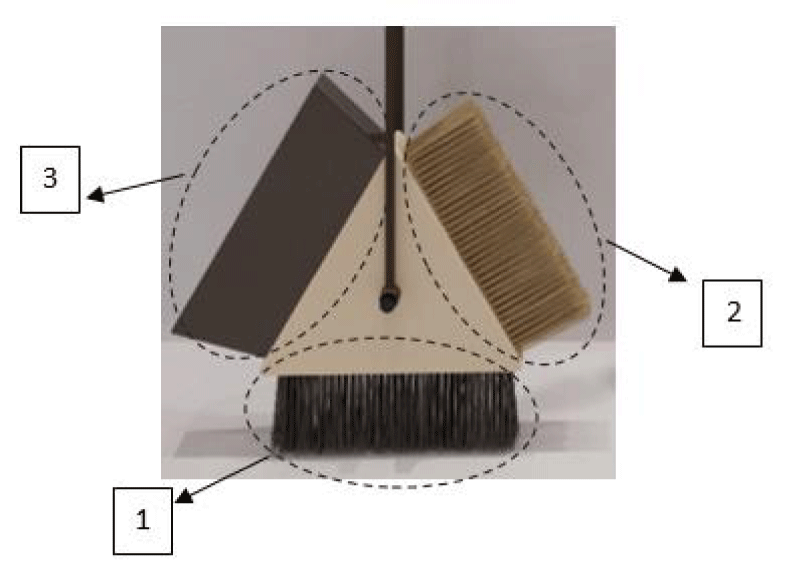
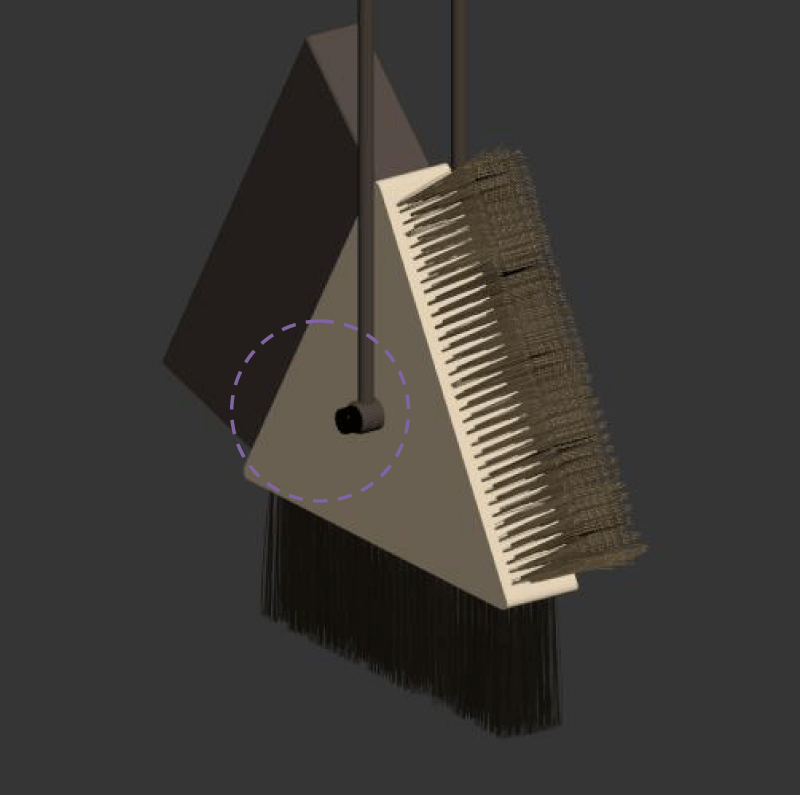
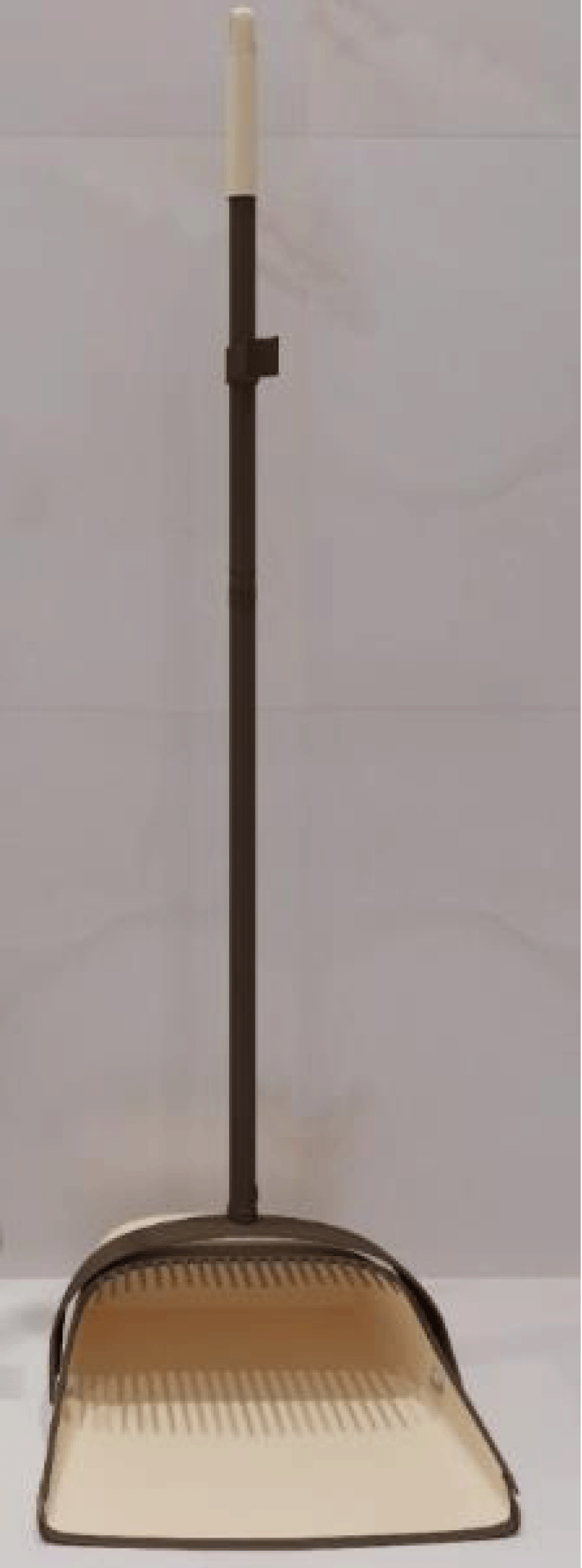
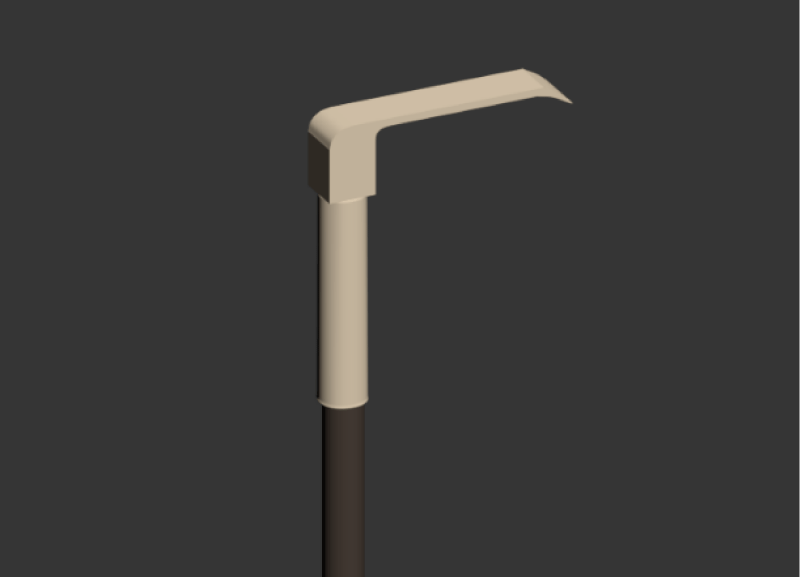
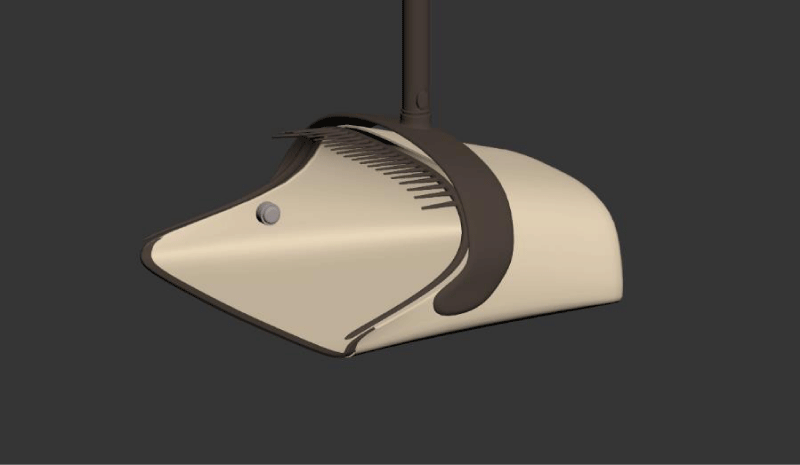
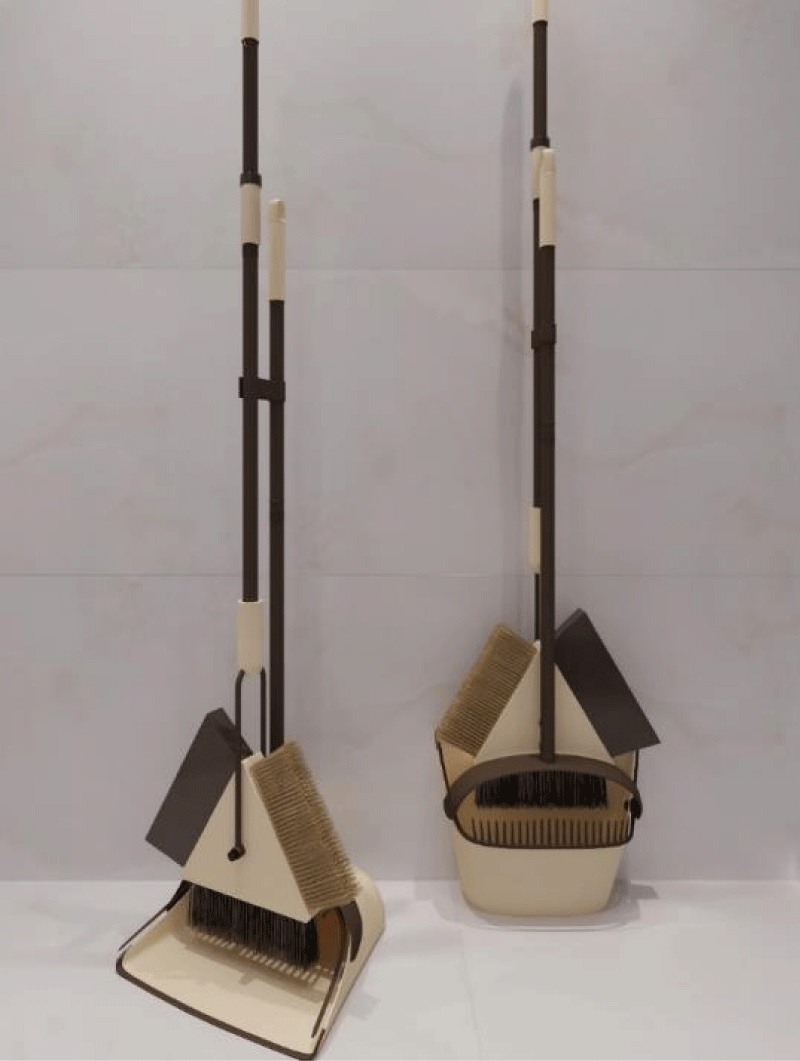


 Save to Mendeley
Save to Mendeley
